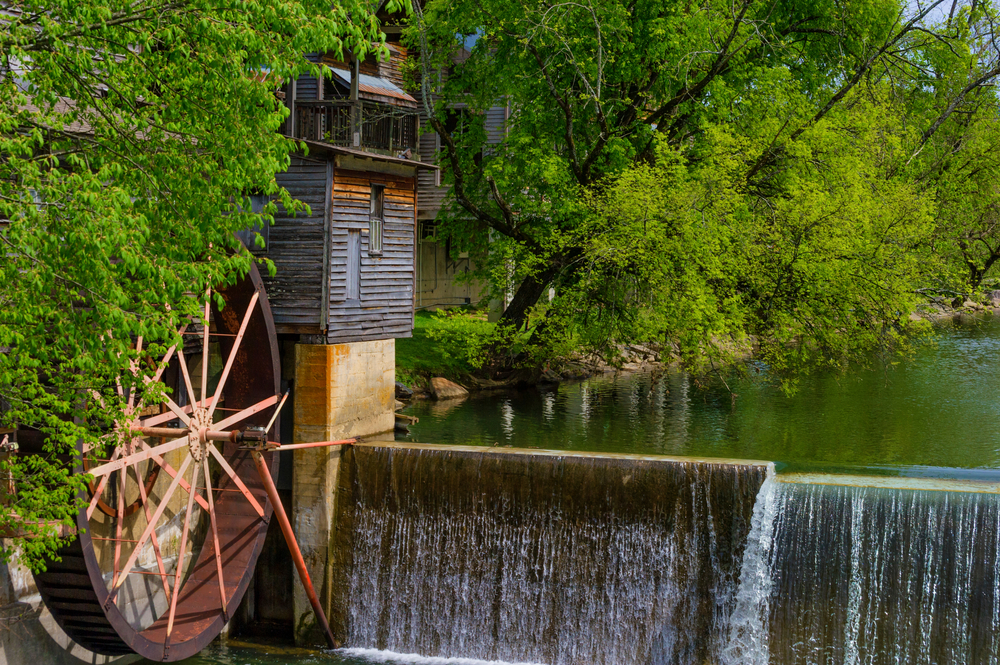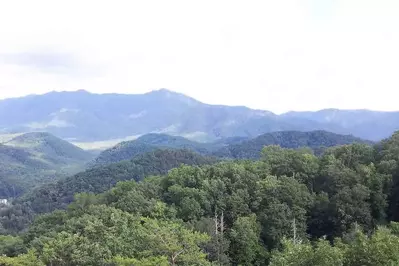When you stay at our campground in the Smoky Mountains, you’ll be completely surrounded by the Little Pigeon River! This not only offers a beautiful setting, but also lots of fun recreational opportunities including the best swimming hole in the Smokies! Whether you’re relaxing on the banks of the river or splashing around with your family and friends, there is no better camping destination around! When planning your camping adventure, you might be curious to know about the river itself! Here are 3 interesting things to know about the Little Pigeon River:
1. History of the River

The Little Pigeon River was originally named by Cherokee Indians based on the wild passenger pigeons that were once abundant in the Smokies. The Cherokee used the area as a hunting ground and the river valley was later settled by pioneers, including Colonel Samuel Wear who established a fort near its banks. Isaac Love, a significant figure in the history of Pigeon Forge, built an iron forge along the West Fork of the Little Pigeon River in 1817. This iron forge became an iconic part of the city and served as the inspiration for the name “Pigeon Forge.” Love and his sons built a grist mill next to the iron forge in 1830, which was used by farmers in the area to grind their grain into flour. The mill’s waterwheel powered a generator that provided electricity to Pigeon Forge until 1935, and today this mill still stands as it grinds flour and other goods!
2. Geography Information
Another one of the interesting things to know about the Little Pigeon River is its geography! While it is often confused with the Pigeon River, the Little Pigeon River is a separate waterway that exists entirely within Sevier County. It runs for 30 miles and rises from a series of streams which flow together on the dividing ridge between the states of Tennessee and North Carolina, with most of the flow from inside the boundary of Great Smoky Mountains National Park. The river splits off into 3 main prongs, the East, Middle and West. The Middle Prong is the section that runs past our Smoky Mountain campground, while the East Prong is formed by a series of small streams in the northeast foothills of the Smokies. Finally, the West Prong is the section that runs through the towns of Pigeon Forge and Gatlinburg.
3. Things to Do Along the River

The Little Pigeon River is a popular destination for recreational activity, as you can go swimming in the river or take advantage of the excellent fishing opportunities. Of course, there is no better place to enjoy the joys of the river than at our campground in the Smokies! We offer a private swimming area and a beach, making it easy to cool off on a warm summer afternoon before heading back to your campsite! We also offer fishing right on property with a license, so it’s no wonder why so many folks love staying with us year after year!
Check out all of the information about our campground in the Smoky Mountains today to plan your camping adventure on the Little Pigeon River! We look forward to seeing you soon!












